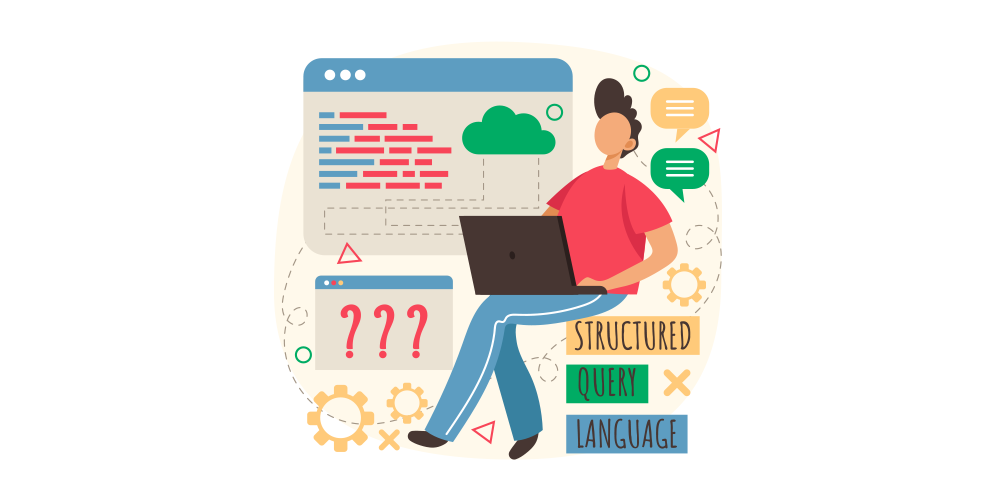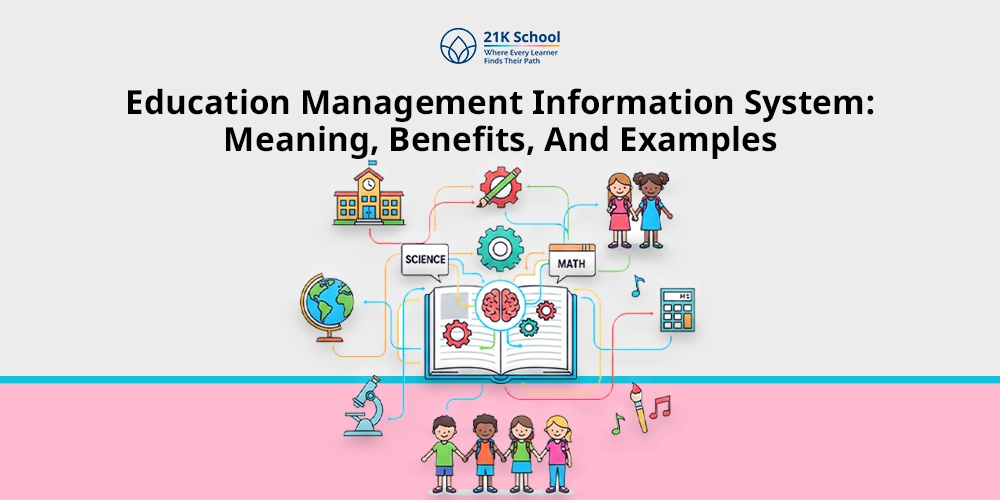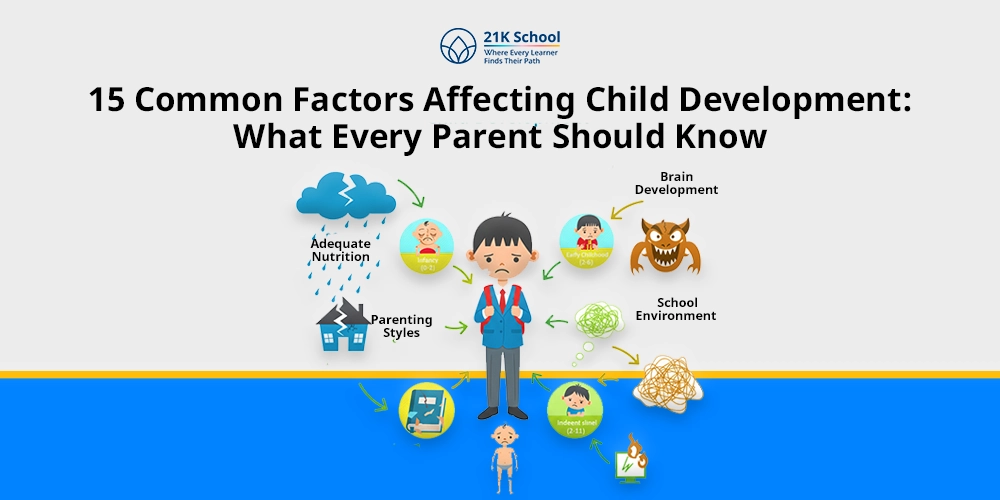
Do you love scratch but don’t know how to start?
Scratch is one of the most popular and simple coding languages for kids, Scratch allows kids to learn about the basics of coding and provide them with coding experience.
Coding is one of the most well-liked educational programs for kids nowadays.
Everyone who has ever coded must be familiar with the term Scratch. For the uninitiated, Scratch is a programming language designed especially for children. Computer programming is a vital part of the information technology sector in today’s digital age.
It consists of writing codes to instruct a computer to carry out specific tasks. Hence, it is a means of speaking to computers. Writing code entails giving instructions to a computer on what steps to follow.
Therefore, every line of code has a specific set of instructions for the computer to follow.
These instructions could involve something as straightforward as cropping or applying a filter on a photo or more complex tasks. Coding abilities are necessary for making websites, apps, games, and a variety of other exciting things.
Table of Contents
What is Scratch?
Scratch is a visual programming language. Kids may independently produce interactive games, animations, and tales using Scratch.
Children create projects using Scratch by placing colour-coded code blocks together in specific ways.
The Massachusetts Institute of Technology (MIT) developed this drag-and-drop programming language, where each block already has a piece of code allocated to it.
All that is required to create a programme is to connect the blocks in specific ways. This makes Scratch an easy-to-use tool for kids who are just beginning out with coding.
Kids may construct various programmes using this block-based programming language, making it a vital resource for them to practise their abilities.
As they create Scratch projects, logically arrange their work, and work in teams, children also develop creative thinking skills, management, and collaboration skills.
Even if Scratch seems like a straightforward programming language for creating projects, coding quickly and effectively will make the process more enjoyable for kids.
Steps to Learn Scratch Programming
Learning the scratch programming for kids is very easy where students can learn it in a simple few steps.
Scratch is a fun and simple coding program that allows kids to learn coding without any coding knowledge.
Scratch allows kids to develop their own games, animations, stories, simulations and so on. Scratch is a program designed for students between the age group of 8 to 16.
Here is how you can learn Scratch programming in five simple steps.
1. Create a Scratch Account
The first step to learn a Scratch program is by creating an account. Creating a Scratch account helps students to save their project and start learning coding as well as also allows them to share their projects within the community.
2. Start New Project
After creating the account, open the Scratch code page on the screen. After that click on the create page to start learning code. When you open a page you can check the coding information and welcome notes.
3. Drag the blocks
The Scratch has some blocks on the left side of the computer screen. Now drag and drop the blocks in the middle of the empty space.
Now you need to add spirit, if you want you can also remove them, sprites are the objects and characters in the Scratch. Every time when you add the spirit it will appear on the screen.
4. Click on the Sprites
In Scratch there are more than 100 sprites available . You have to click on sprites to run them.
You can drag and connect code blocks from the left side to begin coding. Every sprite will have its own code as will the background.
Sprites can move, make noises and change colour with the help of blocks. Together they create a sequence of actions that you can use to create your animations, games and other projects.
5. Watch You Code Run
You can click the Green Flag to see your code run on stage once your project is coded. Remember to save your project under your account if you wish to share or save it.
You can also connect to the Scratch community to showcase your codes. Click Join Scratch and login with your credentials to join the community.
How Long Will It Take Me to Learn Scratch?
The time to learn Scratch depends on the learning pace of students. Scratch can be learned within a few days, and the basics of Scratch can be learned in a few hours.
However, to completely master the scratch program, students need a minimum of 3 months.
Scratch is a simple and easy coding program designed for kids that enables them to learn coding at their learning pace.
Even though Scratch is a relatively simple programming language, the amount of time needed to learn it depends on the learner.
It might take as little as one month for some people, and it might take six months or longer for others.
Some children naturally learn more quickly than others, and some utilise better resources, which speeds up their learning.
The time a learner spends using Scratch to program determines how far and fast they advance. A youngster will pick up the key concepts and other knowledge more quickly the more time they devote to the beginning.
However, children can easily learn the language with the help of the Scratch drag-and-drop interface. Children can finish tasks faster and as a result the software as a whole becomes easier to understand.
It is one of the most outstanding programs for teaching youngsters how to code because of its vibrant interface and building components. In most cases, children can learn it on their own, without an adult’s help.
However, to avoid wasting a lot of time confusingly snapping together random blocks, it may be helpful to have someone knowledgeable in Scratch to guide children.
A child will learn Scratch more quickly if they receive coaching or instruction from tutors who can not only mentor them but also show them effective Scratch coding techniques.
Read on to learn more about types of error in programming and solutions to avoid them.
Conclusion
Scratch is designed in such a way that it allows children to learn it faster than their parents or teachers think.
Due to its block-based structure and the fact that each block already contains code children can pick up this programming language quickly.
However, effective coding is essential to finishing tasks better and more quickly, and Scratch is no exception. Hence, a child will get better at Scratch programming if they devote more time to it.
If they learn from scratch with the aid of a tutor or a coding instructor, the results can be very different. With its customised curriculum, Scratch makes learning programming simple for students in grades 1 through 12.
Learn Scratch at 21K School. Various packages are taught in 21K Schools, and each assists students in developing a foundation in computer programming through exercises, homework, and other methods.



